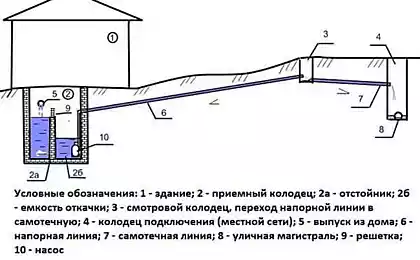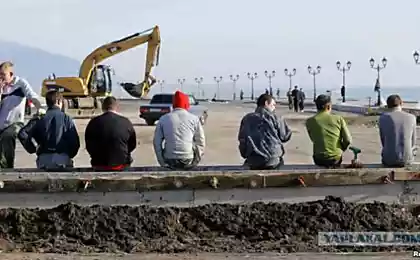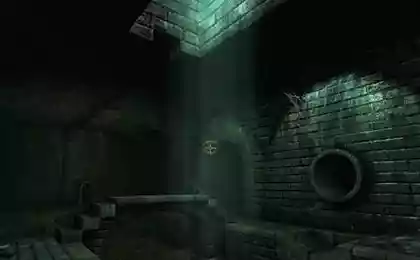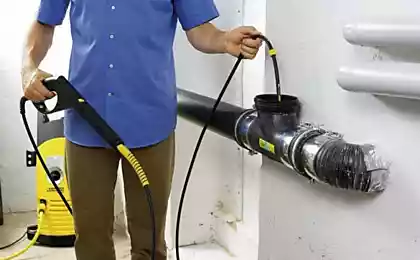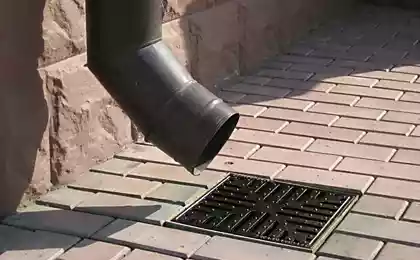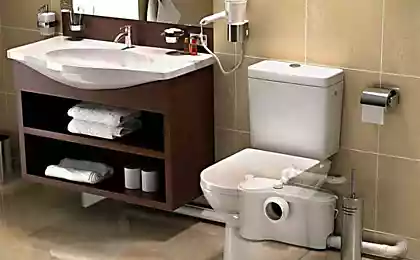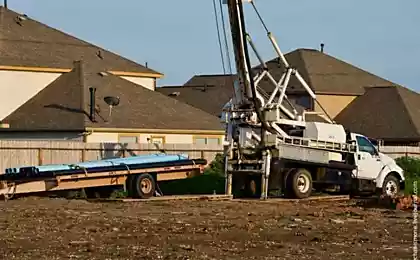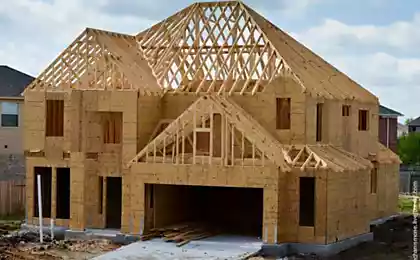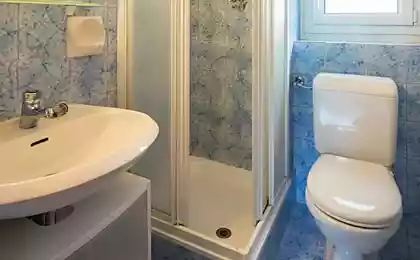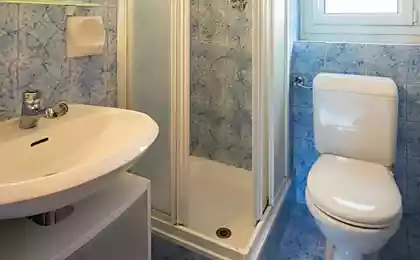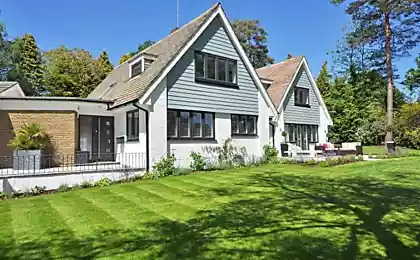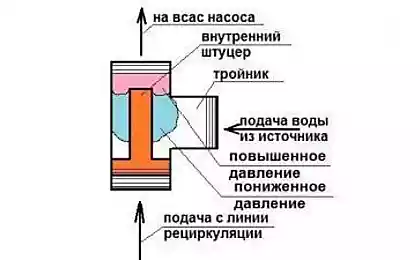582
How to connect a private home to a centralized sewer
The land owners leading the construction of residential houses, are always faced with the problem of removal and disposal of effluents. The solution may be two: the installation of standalone systems or connecting to centralized network. The latter is possible only in the case where the railway passes close to the site. Practice shows that most developers prefer the last option and connect to a centralized sewer. Look at how to do it right.

It is considered that the dismantling of the more practical and profitable for the owner. This is quite a controversial issue, given that the arrangement of such a system can spend in a variety of ways and will depend on its cost and effectiveness. The owner of the sewage system, embedded in a centralized network, is guaranteed to receive significant benefits. He doesn't need to control the quality and quantity of effluent is not necessary to spend a lot of money for the purchase, installation and maintenance of equipment. In addition, a centralized network can be used indefinitely, of course, subject to regular payments.
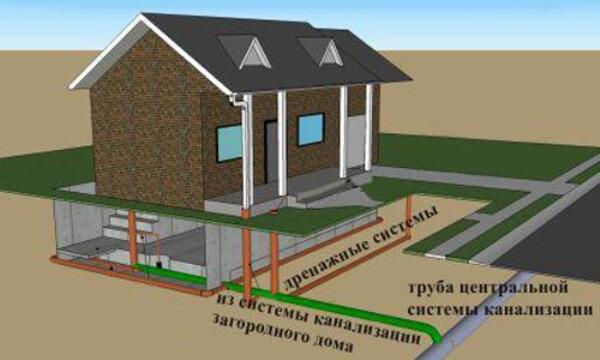
Start designing the frame should select one of two possible connection options. On the site is usually to navigate the sewers of two types: rainfall and household. Provided that in the centralized highway only one pipe, is the mixed connection. If there are pipelines for each type of sewer is a separate box.
Next you need to determine who will deal with all issues associated with the connection. You have to understand that the event is quite troublesome. It takes a lot of energy and free time. Anyone who doesn't want to go to authorities, you can apply to companies engaged in the connecting sewer. They independently handle all the issues and conduct the necessary work. It is clear that their services will not be free. Given that the sewer line from the house to the point of connection is funded by a developer, all this will result in a decent amount. Therefore, it is possible there are those who perform all their own.
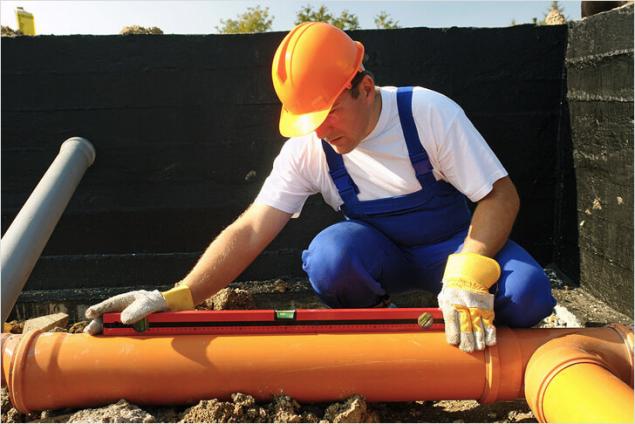
To start you will need to collect a package of documents which includes:
— Technical conditions for the planned connection. They need to order in the organization, which is engaged in maintenance of engineering communications.
— The plan of the building and the land on which it is located. Project tie-in the sewer in the highway. It must be professional designers on the basis of the given specifications and site plan.
— Coordination of a new project in the Architectural Department and the water utility. — The document confirming the consent of the owners of houses located on adjacent land plots for construction works near their buildings. For pipelines in areas where there are thermal and electrical network, and is the roadway will require additional permissions from the respective organizations.
By the end of the collection of documentation necessary to determine the organization that will hold the frame, and to conclude with her an agreement. You need to warn those who believe that all of the above activities is too troublesome. Unauthorized connection is punishable by imposing a fine and mandatory forced dismantling of the laid thread. All work is carried out by an unauthorized developer. In the amount of the fine, the losses are obtained imposing.
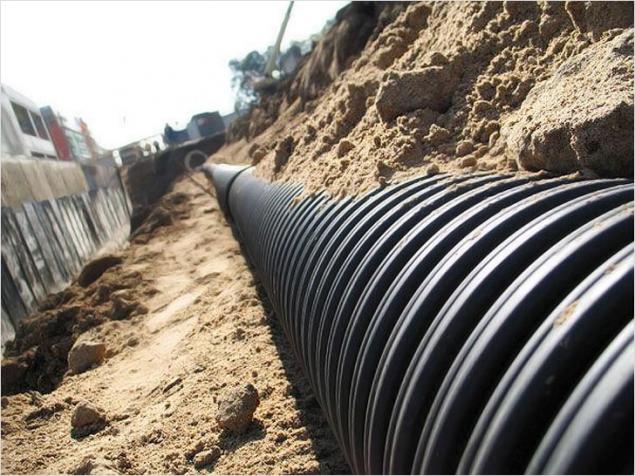
To plot the tie-in pipeline paves the developer. The SNiP sewage from households before connection to the main must be extended so as to enter in a dynamic well. The branch must be suitable to the device above the level of the drain and open it at a predetermined angle. This must be taken into account when designing the pipeline and determining the depth at which it will be laid. It must pass below the level of soil freezing. The average depth of pipe-laying is about one and a half meters. It is influenced by the type of terrain, the nature of the groundwater and soil.
When designing the branch you should try to avoid turns highways. Optimally, that they were not at all. If that does not work, you should try to do gentle turns maximum. If it is necessary to expand the tubing more than 90° on the spot rotation definitely settling the audit well. The same construction is mounted and on the highway long-haul, it allows you to monitor the system status.
Another important point: the slope of the sewer pipe. It needs to be of the order of 1.5-2 cm for every meter. Lesser and greater inclination of the trunk will promote the formation of blockages. The pipe is laid in trench on sand or gravel cushion height of about 15 cm Under the cowl parts are small holes. If you are a collective box, for parts of the input of each household necessarily settling the audit well.
Separately to say about the storm drain. It is not necessary to connect it to the collector for domestic wastewater. This would unnecessarily increase the load on the line and can lead to big trouble. Storm sewers can be build in two ways. The first is to direct wastewater to the storm drain manifold centralized network. The second is to mount the drainage system with the output in a special tank, from which as required can be to take water for irrigation of land and for other purposes.

Ways to connect the private sewer construction to a centralized network can be several. None of them can be carried out completely independently. In any case, at some stage have to connect professionals.
So perhaps the best option would be to contract with a company, which from the beginning will take care of all the issues in coordination, organization and implementation of all necessary activities. So the home owner will be able to save time and save yourself from endless walking through various authorities. published
Source: www.stroitelstvo365.ru/kanalizatsionnie-sistemi/centralizovannaya-kanalizatsiya-v-chastnom-dome

It is considered that the dismantling of the more practical and profitable for the owner. This is quite a controversial issue, given that the arrangement of such a system can spend in a variety of ways and will depend on its cost and effectiveness. The owner of the sewage system, embedded in a centralized network, is guaranteed to receive significant benefits. He doesn't need to control the quality and quantity of effluent is not necessary to spend a lot of money for the purchase, installation and maintenance of equipment. In addition, a centralized network can be used indefinitely, of course, subject to regular payments.

Start designing the frame should select one of two possible connection options. On the site is usually to navigate the sewers of two types: rainfall and household. Provided that in the centralized highway only one pipe, is the mixed connection. If there are pipelines for each type of sewer is a separate box.
Next you need to determine who will deal with all issues associated with the connection. You have to understand that the event is quite troublesome. It takes a lot of energy and free time. Anyone who doesn't want to go to authorities, you can apply to companies engaged in the connecting sewer. They independently handle all the issues and conduct the necessary work. It is clear that their services will not be free. Given that the sewer line from the house to the point of connection is funded by a developer, all this will result in a decent amount. Therefore, it is possible there are those who perform all their own.

To start you will need to collect a package of documents which includes:
— Technical conditions for the planned connection. They need to order in the organization, which is engaged in maintenance of engineering communications.
— The plan of the building and the land on which it is located. Project tie-in the sewer in the highway. It must be professional designers on the basis of the given specifications and site plan.
— Coordination of a new project in the Architectural Department and the water utility. — The document confirming the consent of the owners of houses located on adjacent land plots for construction works near their buildings. For pipelines in areas where there are thermal and electrical network, and is the roadway will require additional permissions from the respective organizations.
By the end of the collection of documentation necessary to determine the organization that will hold the frame, and to conclude with her an agreement. You need to warn those who believe that all of the above activities is too troublesome. Unauthorized connection is punishable by imposing a fine and mandatory forced dismantling of the laid thread. All work is carried out by an unauthorized developer. In the amount of the fine, the losses are obtained imposing.

To plot the tie-in pipeline paves the developer. The SNiP sewage from households before connection to the main must be extended so as to enter in a dynamic well. The branch must be suitable to the device above the level of the drain and open it at a predetermined angle. This must be taken into account when designing the pipeline and determining the depth at which it will be laid. It must pass below the level of soil freezing. The average depth of pipe-laying is about one and a half meters. It is influenced by the type of terrain, the nature of the groundwater and soil.
When designing the branch you should try to avoid turns highways. Optimally, that they were not at all. If that does not work, you should try to do gentle turns maximum. If it is necessary to expand the tubing more than 90° on the spot rotation definitely settling the audit well. The same construction is mounted and on the highway long-haul, it allows you to monitor the system status.
Another important point: the slope of the sewer pipe. It needs to be of the order of 1.5-2 cm for every meter. Lesser and greater inclination of the trunk will promote the formation of blockages. The pipe is laid in trench on sand or gravel cushion height of about 15 cm Under the cowl parts are small holes. If you are a collective box, for parts of the input of each household necessarily settling the audit well.
Separately to say about the storm drain. It is not necessary to connect it to the collector for domestic wastewater. This would unnecessarily increase the load on the line and can lead to big trouble. Storm sewers can be build in two ways. The first is to direct wastewater to the storm drain manifold centralized network. The second is to mount the drainage system with the output in a special tank, from which as required can be to take water for irrigation of land and for other purposes.

Ways to connect the private sewer construction to a centralized network can be several. None of them can be carried out completely independently. In any case, at some stage have to connect professionals.
So perhaps the best option would be to contract with a company, which from the beginning will take care of all the issues in coordination, organization and implementation of all necessary activities. So the home owner will be able to save time and save yourself from endless walking through various authorities. published
Source: www.stroitelstvo365.ru/kanalizatsionnie-sistemi/centralizovannaya-kanalizatsiya-v-chastnom-dome
Building a house in the fall: how to avoid mistakes
The red color in the interior: the details of design
